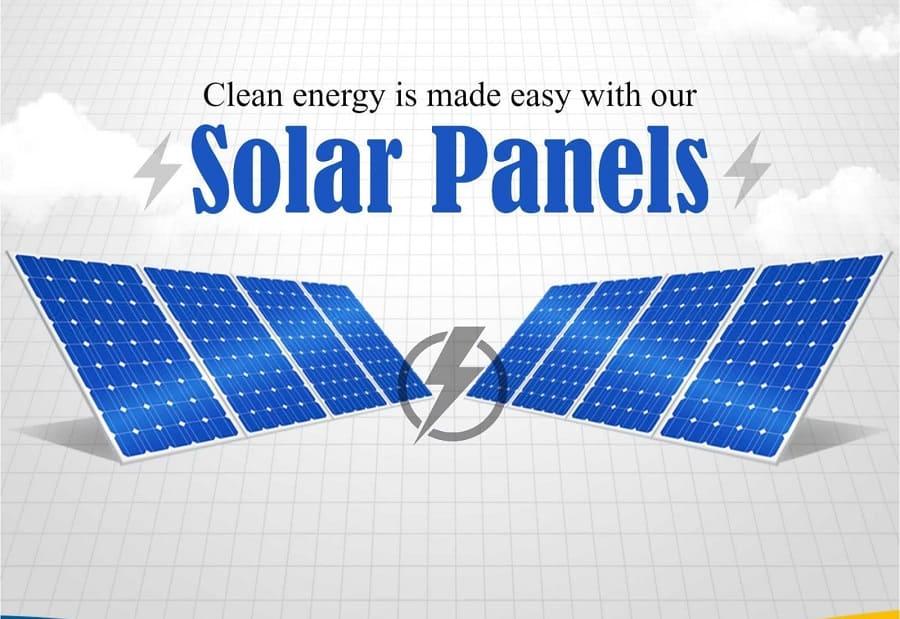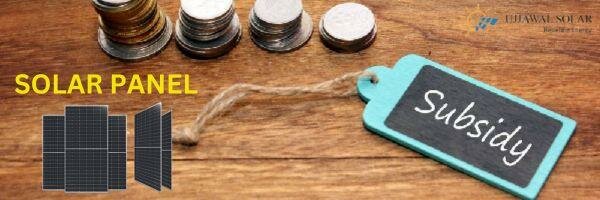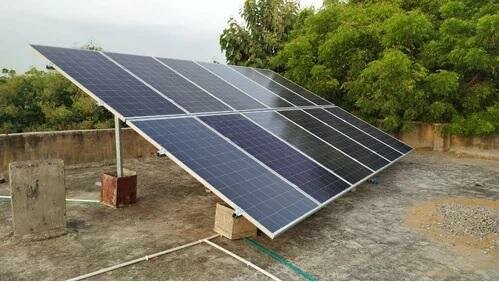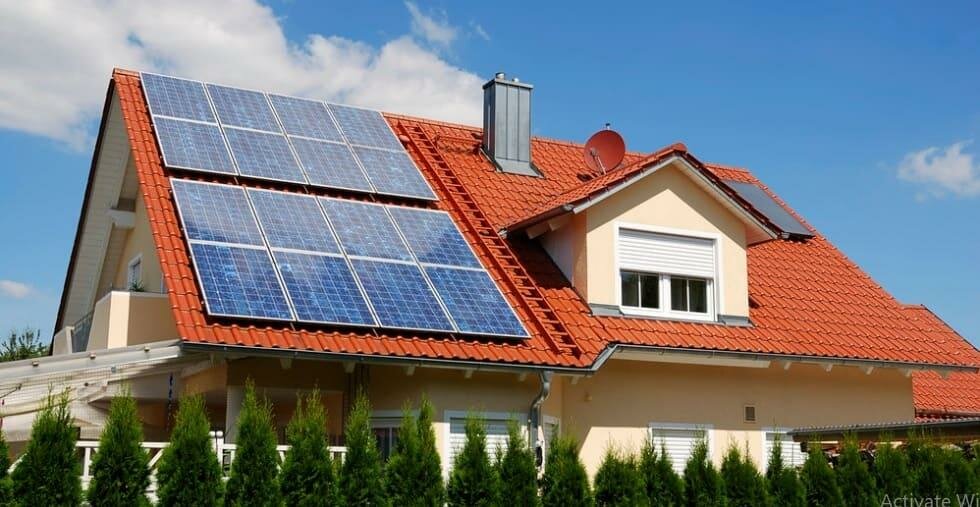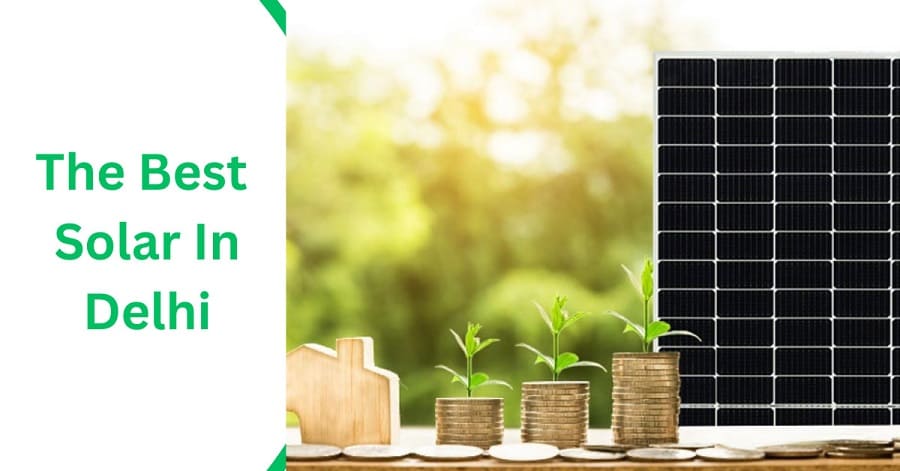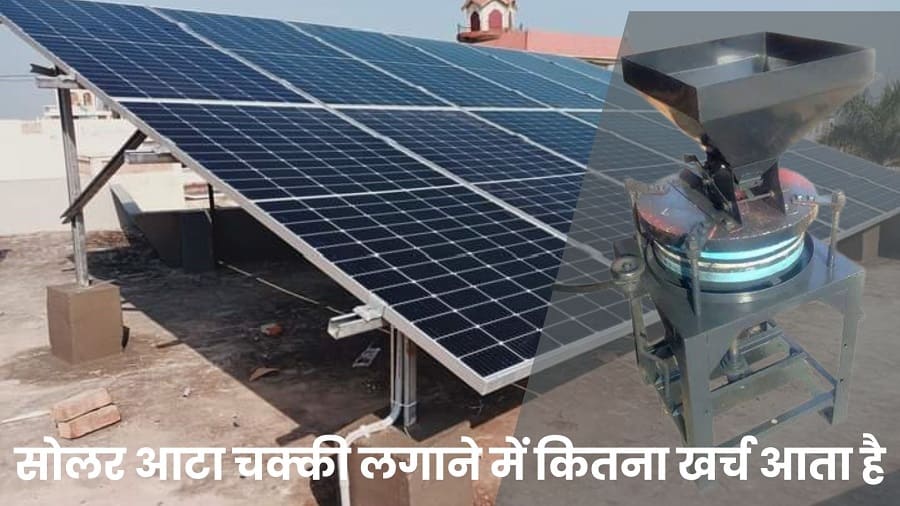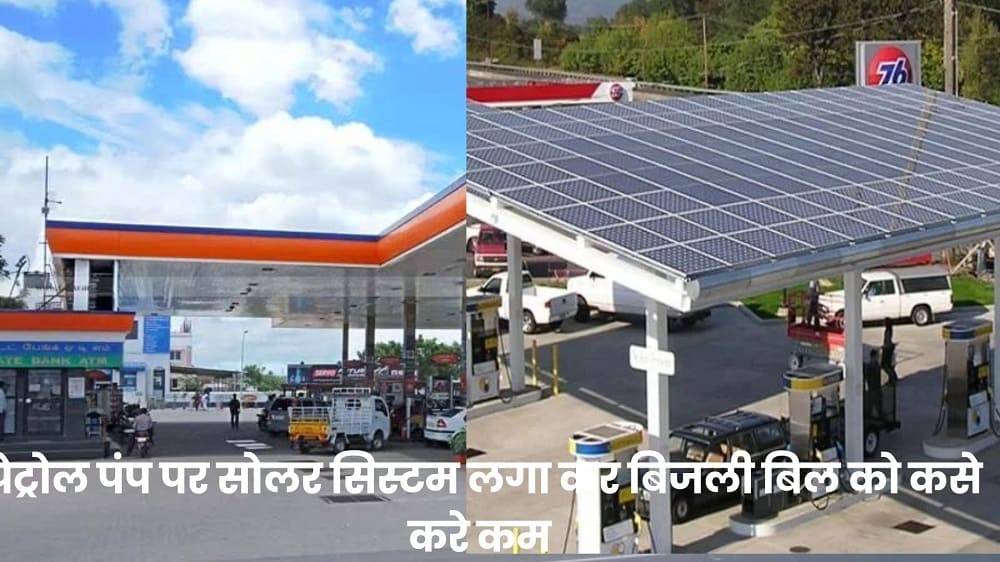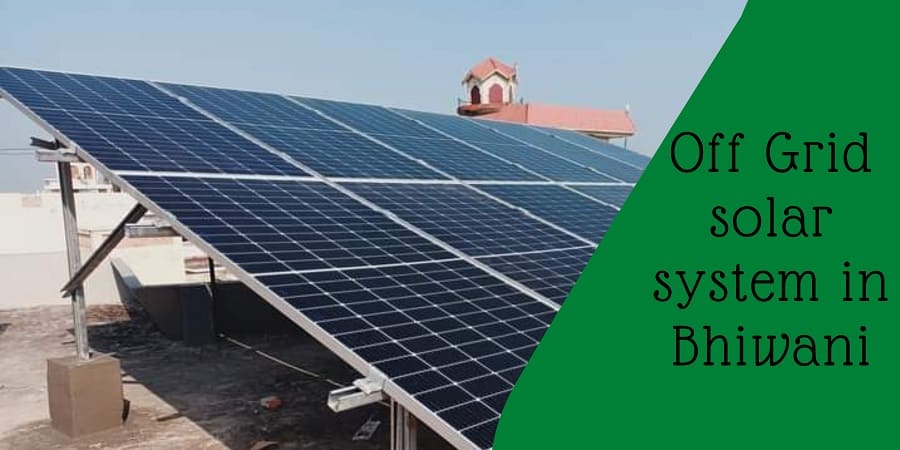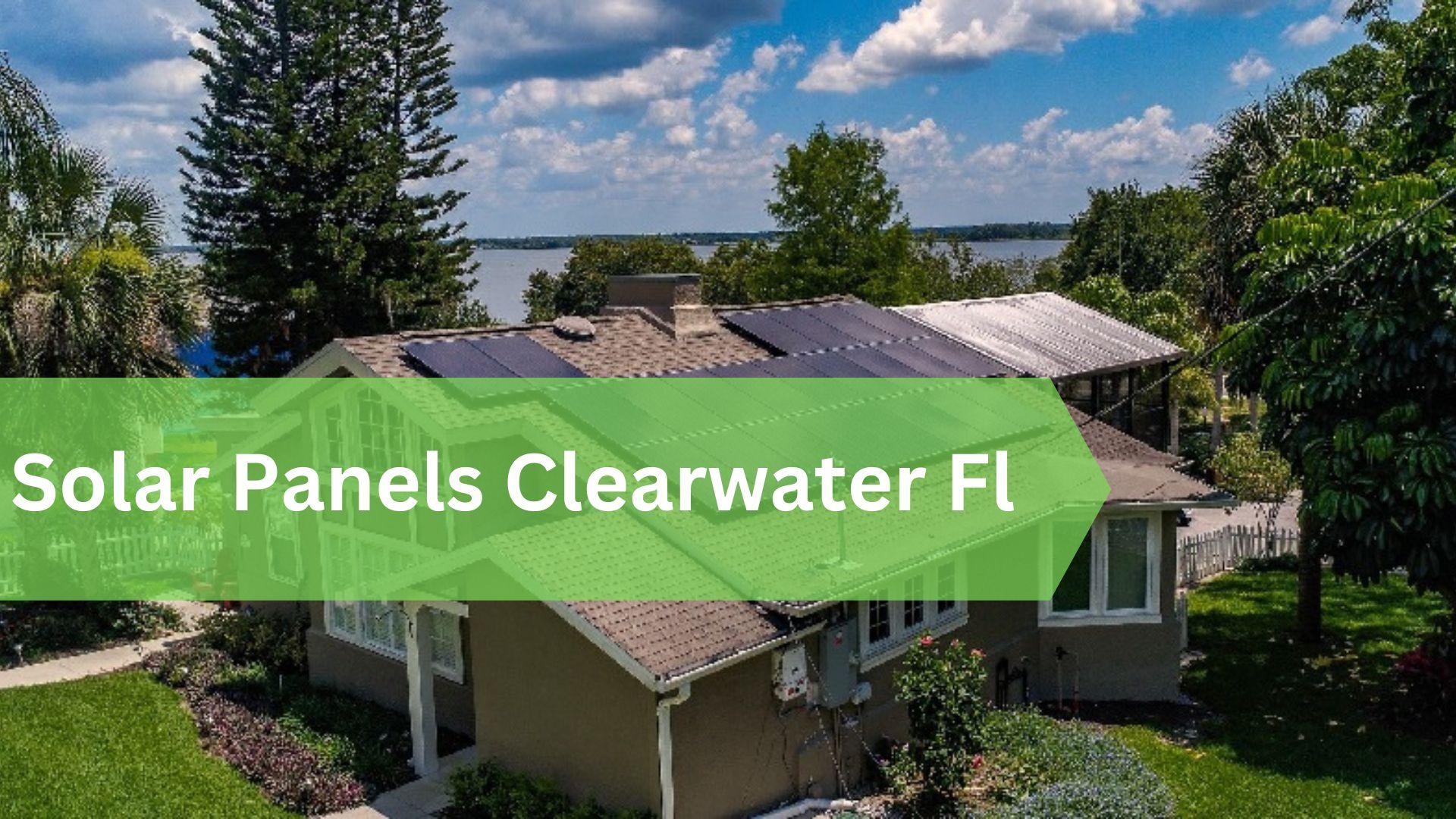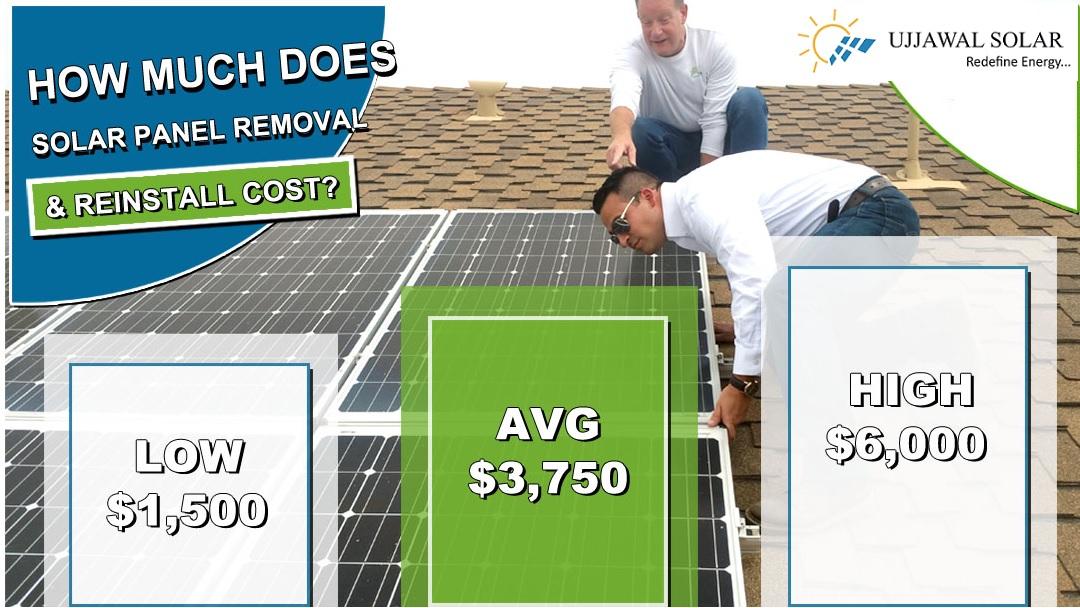Solar Panel For Homes In Mehsana – If you are looking to install solar in Mehsana then this is a great investment for any homeowners. By installing solar panels In Mehsana on rooftops People generate clean and renewable electricity, reducing their dependence on Government Electricity, and fossil fuels and You Can Easily Reduce Your electricity bills. Additionally, solar panel installations contribute to the reduction of greenhouse gas emissions, promoting a more sustainable and eco-friendly community. With advancements in solar technology and supportive government policies, more and more homeowners in Mehsana are installing solar panels For Home.
What is the Solar Panel Price Mehsana
Solar panels for homes in Mehsana are Very popular because solar has many benefits for both homeowners and the environment. Located in the state of Gujarat, India, Mehsana experiences ample sunlight throughout the year, making it an ideal location for harnessing solar energy. So the cost of solar panels in Mehsana can vary depending on several factors such as the size of the system, the type of panels used, and the installation complexity. On average, a basic residential Solar Panel Price Mehsana might start from around INR 60,000 to INR 95,000 per kilowatt (kW) of installed capacity. This price typically includes the cost of solar panels, inverters, mounting structures, wiring, and installation labor. Government incentives, subsidies, and net metering policies can also influence the overall cost, often making solar panel installations more affordable.
How is solar energy converted into electricity In Mehsana For Home?
Solar panels contain photovoltaic cells and When sunlight falls on Installed solar panels then these cells convert sunlight into direct current (DC) electricity. After that, with the help of a solar inverter this DC electricity Convert into alternating current (AC), which is used to power household appliances and lights. Excess energy generated during sunny periods is fed back into the grid, earning homeowners credits through net metering.
How Much Money I can save monthly By using Solar In Mehsana Gujarat
By using solar Systems in Mehsana, you can save a significant amount of money on your monthly electricity bills.
| Solar System | Units | Saving |
| 1kw Solar system Per Months Generation | 5 Units | 30-40 RS. Per Day |
| 1kw Solar system Per Months Generation | 150 Units | 900 – 1200 RS. Per Months |
| 1kw Solar system Per Year Generation | 1800 Units | 10800 – 14400 RS. Per Year |
Gujarat Electricity Board (GEB) Units Rate
| Heads | Charges |
|---|---|
| Upto 150 kWh/month (Rs /kWh) | Rs 5.50 |
| 151-300 kWh/month (Rs /kWh) | Rs 6 |
| 301-500 kWh/month (Rs /kWh) | Rs 6.50 |
| Above 500 kWh/month (Rs /kWh) | Rs 7 |
Why Should We Install solar panels For Home In Mehsana?
Installing solar panels for homes in Mehsana offers numerous benefits that contribute to both individual households and the community as a whole:
- Cost Savings: Solar panels allow homeowners to generate their own electricity, reducing their reliance on traditional grid power and lowering monthly electricity bills. With Mehsana’s abundant sunlight, solar energy production can lead to significant long-term savings.
- Environmentally Friendly: Solar power is a clean and renewable energy source that produces no greenhouse gas emissions or air pollutants. By using solar energy, homeowners in Mehsana can contribute to a reduction in carbon footprint and help combat climate change.
- Energy Independence: Solar panels empower homeowners to generate their own energy, reducing dependence on external energy sources and the volatility of energy prices in the future.
- Low Maintenance: Solar panel systems require minimal maintenance. Regular cleaning and occasional checks are usually sufficient to ensure optimal performance over the system’s lifespan, which can be 25 years or more.
- Increased Property Value: Homes equipped with solar panels tend to have higher resale values. Potential buyers are attracted to energy-efficient homes that come with reduced energy costs.
- Government Incentives: Mehsana and the Indian government offer various incentives, subsidies, and tax benefits to promote solar energy adoption. These incentives can significantly reduce the initial investment and shorten the payback period.
- Net Metering: Mehsana’s net metering policy allows homeowners to sell excess electricity generated by their solar panels back to the grid, earning credits on their electricity bills. This arrangement further enhances cost savings.
- Reliable Technology: Solar panel technology has matured and become highly reliable over the years. Modern panels are designed to withstand various weather conditions, ensuring consistent energy production.
- Job Creation: The installation and maintenance of solar panels create local job opportunities, contributing to economic growth within the community.
- Community Impact: Wide adoption of solar panels in Mehsana can collectively reduce the region’s carbon footprint, improve air quality, and support the transition toward a more sustainable and greener future.
What we should know before the Installation of solar panels For Home In Mehsana?
- Sunlight Exposure: In any city solar potential Depends on ample sunlight. So It is important to know how much time your roof gets sunlight.
- Roof Suitability: The roof’s structure, orientation, and material are crucial. A sturdy roof with a south-facing or west-facing slope is ideal for maximizing solar exposure.
- Available Space: Sufficient space on the rooftop is required to Install solar panels. This space should be free from shadow.
- Budget and Financing: Determine the budget for the solar installation, considering costs for solar panels, inverters, mounting structures, wiring, and installation labor.
- Energy Consumption: Analyze your household’s energy consumption to determine the appropriate size of the solar system.
- Net Metering: Understand Mehsana’s net metering policy and its benefits. This arrangement allows you to sell excess energy back to the grid and potentially earn credits on your electricity bill.
How You Can Reduce Your Electricity Bills In Mehsana
Here are some strategies by using them you can reduce your electricity bills:
- Energy-Efficient Appliances: When purchasing new appliances, look for energy-efficient models that have high Energy Star ratings.
- LED Lighting: Replace Old bulbs with energy-efficient LED bulbs. LED bulbs consume less energy.
- Unplug Devices: Many electronic devices continue to draw power even when they’re turned off. So Unplug chargers, gaming consoles, and other electronics when they’re not in use.
- Use Natural Light: During the day, open curtains and blinds to make the most of natural sunlight.
- Install Solar Panels: you can install solar panels on the rooftop to reduce your electricity bills. Mehsana receives a good amount of sunlight, which can be harnessed to generate electricity.
- Limit Appliance Use: Be mindful of using high-energy appliances, such as clothes dryers and dishwashers, during peak hours.
What are the Types of Solar Panels In Mehsana
In Mehsana, as in many other places, there are primarily three main types of solar panels used for generating electricity from sunlight: monocrystalline, polycrystalline, and thin film. Each type has its own characteristics, advantages, and disadvantages. Here’s an overview of these types of solar panels:
-
Monocrystalline Solar Panels: Monocrystalline solar panels are known for their high efficiency and sleek appearance. They are made from a single crystal structure, which allows electrons to move more freely and generate more electricity. Key features include:
- High Efficiency: Monocrystalline panels tend to have the highest efficiency rates among solar panel types, meaning they can convert a higher percentage of sunlight into electricity.
- Space Efficiency: They require less space to generate the same amount of electricity as other panel types, making them a good choice for installations with limited space.
- Long Lifespan: Monocrystalline panels often come with longer warranties and can last for 25 years or more.
- Higher Cost: Due to their higher efficiency and more complex manufacturing process, monocrystalline panels are generally more expensive.
-
Polycrystalline Solar Panels: Polycrystalline solar panels are made from multiple crystal structures and have a slightly lower efficiency compared to monocrystalline panels. However, they still offer reliable performance and a more affordable option. Key features include:
- Moderate Efficiency: While polycrystalline panels are less efficient than monocrystalline panels, they are still capable of generating a good amount of electricity.
- Cost-Effective: Polycrystalline panels are usually less expensive to manufacture, which can translate to a lower upfront cost for consumers.
- Bulkier Design: They require more space to generate the same amount of power as monocrystalline panels.
- Decent Lifespan: Polycrystalline panels typically come with warranties that last around 25 years.
-
Thin-Film Solar Panels: Thin-film solar panels are a newer technology that involves depositing thin layers of photovoltaic material onto a substrate, such as glass or metal. They have unique characteristics that can be advantageous in certain situations. Key features include:
- Flexible Installation: Thin-film panels are lightweight and flexible, allowing for creative installation options, such as curved surfaces or building-integrated applications.
- Lower Efficiency: Thin-film panels generally have lower efficiency compared to crystalline panels, meaning you would need more space to generate the same amount of electricity.
- Lower Cost: Thin-film panels are often less expensive to produce, but their lower efficiency can offset some of the cost savings over time.
- Performance in Low Light: Thin-film panels perform relatively better in low-light conditions, making them suitable for cloudy environments.
- Shorter Lifespan: These panels may have a shorter lifespan compared to crystalline panels, with warranties typically ranging from 10 to 25 years.
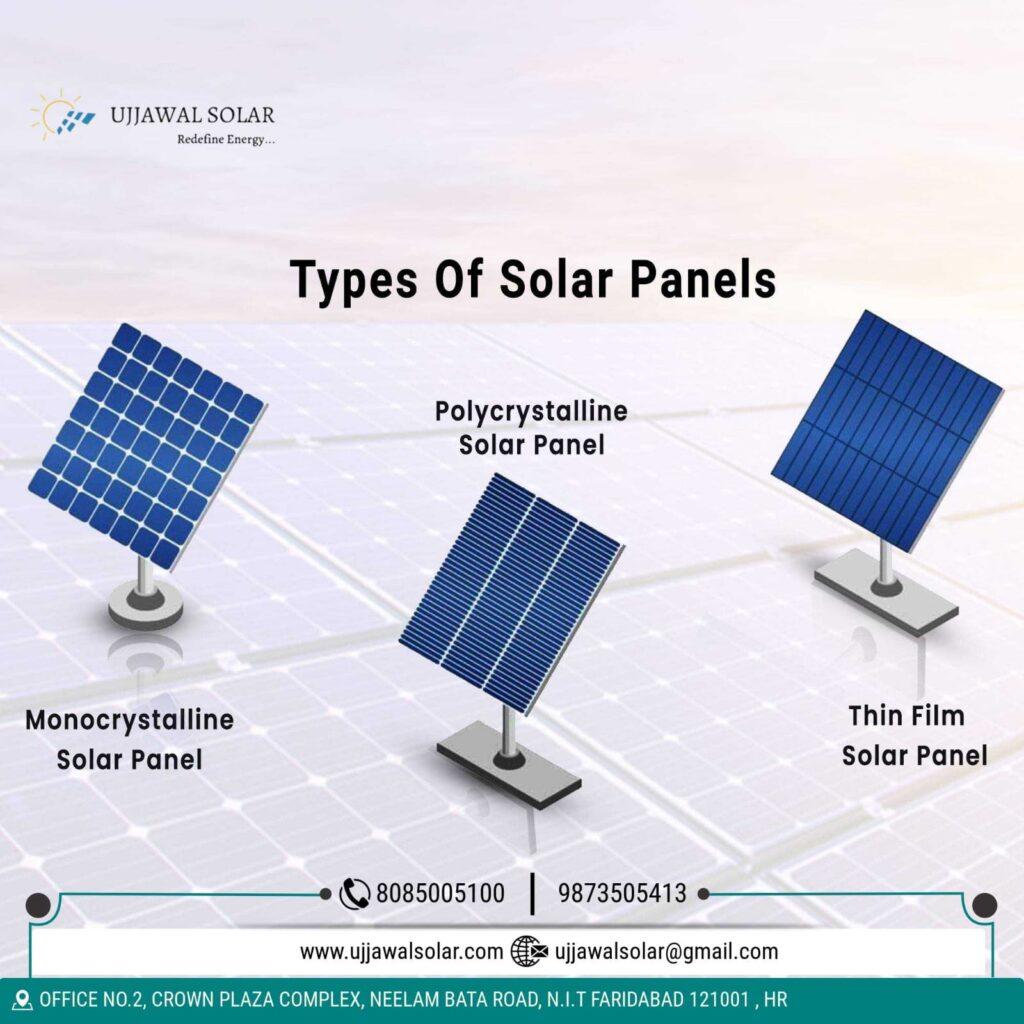
What are the Types of Solar Systems Available In Mehsana?
In Mehsana, as in other areas, there are 3 main types of solar energy systems available to harness the power of the sun for electricity generation. The choice of system depends on factors such as energy needs, available space, budget, and local regulations. Here are the main types of solar systems commonly used in Mehsana:
-
Grid-Tied Solar System: A grid-tied solar system is connected to the local utility grid. It generates electricity from sunlight using solar panels and feeds the excess electricity back into the grid. Key features include:
- Net Metering: Excess electricity generated during sunny periods is sent back to the grid, and you receive credit for it. During low-sun periods or at night, you can draw electricity from the grid.
- Reduced Electricity Bills: By generating your own electricity, you can offset your consumption from the grid, resulting in lower electricity bills.
- No Battery Storage: Grid-tied systems don’t typically include battery storage, as they rely on the grid for energy storage.
-
Off-Grid Solar System: An off-grid solar system operates independently of the utility grid. It generates electricity from solar panels and stores excess energy in batteries for use when the sun isn’t shining. Key features include:
- Energy Independence: Off-grid systems are ideal for remote areas where access to the grid is limited or expensive to establish.
- Battery Storage: Batteries store surplus energy for use during cloudy days or at night when solar panels aren’t producing electricity.
- Higher Upfront Cost: Off-grid systems require batteries and additional components, making them more expensive to set up compared to grid-tied systems.
-
Hybrid Solar System: A hybrid solar system combines elements of both grid-tied and off-grid systems. It allows you to use solar energy, store excess energy in batteries, and connect to the grid when needed. Key features include:
- Backup Power: During power outages, a hybrid system can provide backup power using stored energy from the batteries.
- Grid Connection: You can still benefit from net metering by feeding excess electricity into the grid and receiving credit.
- Complex Setup: Hybrid systems involve additional components, making them more complex to install and maintain.
How do we Install Solar panels for home In Mehsana?
Installing solar panels for homes in Mehsana offers a sustainable and cost-effective solution for harnessing the abundant sunlight in the region. The process typically begins with a site assessment, where experts evaluate factors such as roof orientation, shading, and available space to design an optimal system. Once the design is finalized, the installation involves mounting the solar panels securely on the roof or ground-based structures. Wiring and inverters are integrated to convert the generated DC electricity into usable AC power for your home. Local regulations and permits are obtained to ensure compliance. Solar Panel For Home in Mehsana Gujarat installation companies ensure a seamless process, from sourcing quality panels to conducting quality checks, resulting in reduced electricity bills, decreased carbon footprint, and long-term energy independence for homeowners.
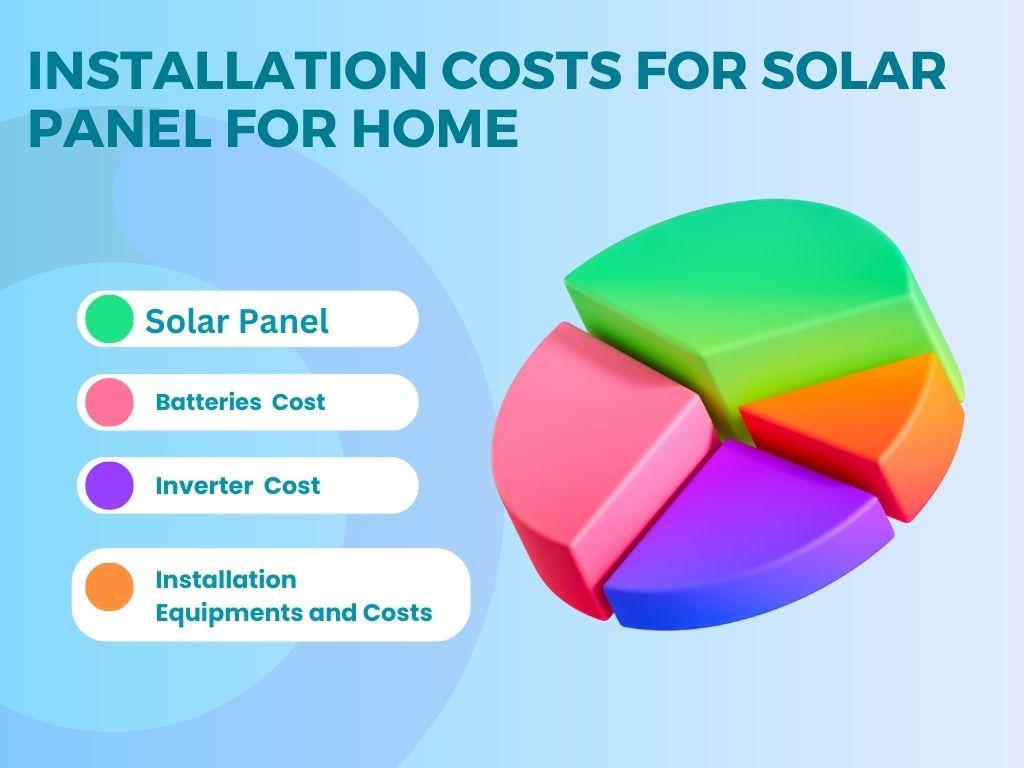
Is Any Loan Facility Available in Mehsana Gujarat for Solar?
- Government Subsidies: The state or central government might offer subsidies or financial incentives to encourage solar adoption. These can significantly reduce the upfront costs of installing solar panels.
- Bank Loans: Many banks and financial institutions provide dedicated loans for solar installations. These loans often come with competitive interest rates and flexible repayment terms, making it easier to finance your solar project.
- Renewable Energy Loans: Some banks offer specific loans for renewable energy projects, including solar installations. These loans might have special features designed to accommodate the unique needs of solar projects.
- Home Improvement Loans: Some banks provide home improvement loans that can be used for installing solar panels. These loans are tailored for enhancing the energy efficiency and value of your home.
- Personal Loans: While not specifically for solar, personal loans can also be used to fund solar installations. However, they might have higher interest rates compared to dedicated solar loans.
What is the process to Apply For Net Meters In Mehsana?
If you want to apply for Net Meter Then there are some steps you should follow to apply for net meter
- Contact Your Electricity Company (DISCOM): First you have to Reach out to your local DISCOM to inquire about their net metering policies, application process, and required documentation.
- Eligibility and System Size: Now you have to know about eligibility criteria and system size limits for net metering in Mehsana. Different states and utilities might have varying regulations.
- Solar System Installation: You Should Ensure that your solar system is installed by a qualified and accredited solar installer. The system needs to comply with technical and safety standards.
- Fill Application Form: Collect the net metering application form from your DISCOM or their official website. Complete the form accurately with all the necessary information.
- Submit Required Documents: Along with the application form, you will need to submit documents such as your address proof, identity proof, solar system details, and any other documents requested by DISCOM.
- System Inspection: The DISCOM may conduct an inspection of your solar system to verify its compliance with technical requirements.
- Approval and Agreement: Once your application is approved, you’ll receive an approval letter or agreement from DISCOM outlining the terms and conditions of net metering.
- Meter Installation: The DISCOM will install a bidirectional (net) meter that measures both the electricity consumed from the grid and the excess electricity fed back into the grid from your solar system.
How I Can Apply For Subsidy In Mehsana?
- Research Subsidy Programs: Research and identify the subsidy programs available in Mehsana for solar installations. These programs might be offered by the state government, central government, or other relevant authorities.
- Check Eligibility Criteria: Review the eligibility criteria for the subsidy programs. Criteria might include factors such as system size, location, and whether it’s a residential or commercial installation.
- Choose Approved Solar Installers: Verify that your chosen solar installer is approved or accredited by the relevant subsidy program. The list of approved installers can usually be found on the program’s official website.
- Gather Required Documentation: Collect the necessary documents, which typically include address proof, identity proof, bank details, and documents related to the solar installation (quotes, invoices, system specifications, etc.).
- Fill Application Form: Obtain the subsidy application form from the program’s official website or relevant government office. Fill out the form accurately and provide all required details.
- Attach Supporting Documents: Attach all the necessary documents to your application form. Make sure the documents are clear, complete, and legible.
- Submit Application: Submit the completed application form along with the supporting documents to the designated office or portal. Ensure that you follow the submission instructions provided.
- Application Review: The subsidy program officials will review your application and documents to verify your eligibility and the accuracy of the information provided.
- Approval and Disbursement: If your application is approved, you will receive an approval letter or notification. The subsidy amount will be disbursed to your bank account as per the program’s guidelines.
- Comply with Requirements: Be aware of any post-approval requirements, such as system inspections or reporting, that you need to fulfill to maintain your eligibility for the subsidy.
- Utilize Subsidy Amount: Once the subsidy amount is disbursed, use it to offset the cost of your solar installation. Ensure that you follow any guidelines on how the subsidy can be utilized.
Conclusion
solar energy presents a promising and practical solution for the residents of Mehsana to embrace sustainable living while reaping numerous benefits. Mehsana’s ample sunlight resources make it an ideal location for harnessing solar power, reducing dependence on traditional energy sources, and curbing greenhouse gas emissions. Through the installation of solar panels on homes, businesses, and community spaces, Mehsana can significantly lower electricity bills, contribute to a greener environment, and promote energy self-sufficiency. As technology advances and awareness grows, the adoption of solar energy in Mehsana will not only empower individuals to make environmentally conscious choices but also lead the way toward a more resilient and renewable energy future for the entire community.

